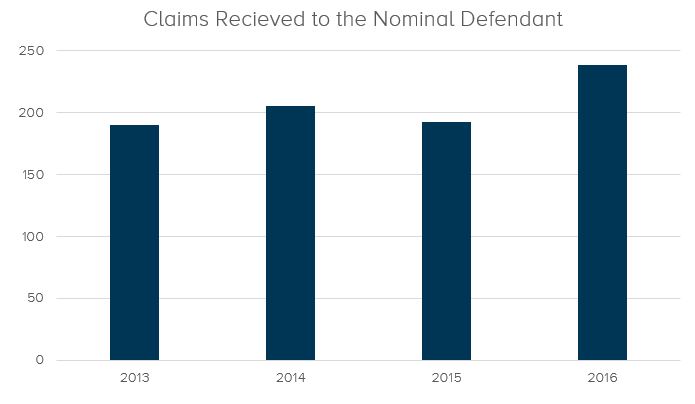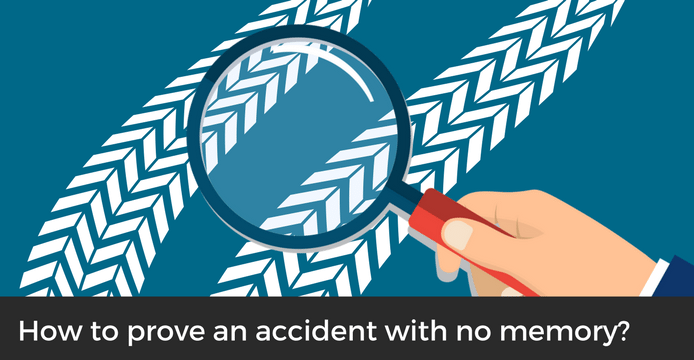The Facts
Ronald, an immigrant from Germany, lived in a first floor apartment in Dulwich Hill, Sydney. After a hard days’ work, he retired to the balcony to watch the sunset and have a couple of glasses of wine. After that, Ronald decided to go for a walk in the evening. Passing some rubbish bins, Ronald stepped off the footpath to cross the road. As he stepped onto the road, Ronald was hit by a car without warning. … Ronald was thrown to the ground landing next to a parked car. How did he get there? Ronald had no memory of being hit by the car. … someone asked if he was okay. It was the owner of the parked car and a neighbour, who came out after hearing the collision. … Ronald woke up at a hospital. What on earth has happened? Ronald had been struck by a car that then fled the scene. There were no witnesses and Ronald’s memory was patchy. Ronald is among the growing number of people who have be affected by a hit and run accident. These victims can still claim against the State for their injuries. The Nominal Defendant Queensland is the insurer for claims in Queensland for unidentified motor vehicles. The Motor Accident Commission records each insurer’s claims notified in each calendar year. Below is a graph which shows the number of claims received by the Nominal Defendant in the last 4 years.

The Judgement
Ronald was successful in the New South Wales Supreme Court in a personal injury claim. The Nominal Defendant was the insurer for unidentified motor vehicle. Ronald recovered compensation of $349,100.00 for his injuries.

The truth about payouts is here...
If you have been wondering how the Courts calculate compensation, download this free 'Economic Loss Worksheet'. Discover the simple calculations that will estimate the value of your compensation claim in 10 minutes.
“The impact was more likely due to Ronald’s failure to look out for cars as he proceeded onto the roadway” “Ronald conceded that it was getting dark, that it was prudent to look to his right to ensure that there were no vehicles coming, that sometimes he did not look when walking out onto the street”.
Because of the lack of witness evidence both from the victim and onlookers, other evidence becomes substantial. The trial Judge said:
“the significant bloodstains on the footpath are the most reliable aide in determining Ronald’s position immediately after the incident”.
MCW Legal's Opinion
Ronald’s case was successful because he was able to establish the following evidence as credible:
- He recalls speaking to a person who lived in his unit block after the accident. That person gave evidence of the position of Ronald’s body on the footpath after the accident.
- The ambulance officer was able to give evidence as to where he first saw Ronald on the footpath.
- The records of the hospital where Ronald was taken recorded “pedestrian vs car”.
- The police officers interviewed Ronald clearly identify where Ronald was found. This included the position of a nearby parked vehicle and rubbish bins on the footpath. Ronald had to access the roadway to walk towards the shops.
- Photographs of the scene clearly identified numerous bloodstains on the footpath and the nearby parked car.
- CCTV footage was secured establish the positioning of the motor vehicle that was parked on the roadway as well as the rubbish bins.
- Evidence from the owner of the motor vehicle observed Ronald on the footpath.
- Ronald’s injuries were consistent with contact made by a motor vehicle rather than being assaulted or falling from the balcony.
The effect of all of the matters identified above assisted in Ronald succeeding in his claim. The trial Judge correctly, and this is important, identified that individual’s memories fade. It is sometimes some years before these matters come to the Court for determination. The trial Judge identified that recollections three and half years after the event are capable of being in error on matters of precise detail. The Judge clearly relied upon photographs of the scene and the CCTV footage which recorded the evidence at that point in time as being indisputable. The Judge clearly got it right because it was not Ronald’s fault that he had to access the road to walk to the shops. The rubbish bins blocked the footpath. But Ronald was to blame as he admitted that he did not look to his right before entering the road. Ronald was equally responsible.
Consequences
This decision reinforces the importance to collect all evidence, not just the witness statements.
By not having the correct evidence may result in you missing out on compensation for your injuries. As sure as night follows day, memories fade. Imprecise versions can then surface and the wrong party could be held wholly or partly liable for the accident. Without that photographic evidence of the blood pattern on the parked motor vehicle, the roadway and the footpath Ronald would not have been successful.
Written by Terry McCormick | Principal

